 Crime
Crime  Crime
Crime  Technology
Technology 10 Hilariously Over-Engineered Solutions to Simple Problems
 Miscellaneous
Miscellaneous 10 Ironic News Stories Straight out of an Alanis Morissette Song
 Politics
Politics 10 Lesser-Known Far-Right Groups of the 21st Century
 History
History Ten Revealing Facts about Daily Domestic Life in the Old West
 Weird Stuff
Weird Stuff 10 Everyday Products Surprisingly Made by Inmates
 Movies and TV
Movies and TV 10 Actors Dragged out of Retirement for One Key Role
 Creepy
Creepy 10 Lesser-Known Shapeshifter Legends from Around the World
 Animals
Animals 10 Amazing Animal Tales from the Ancient World
 Gaming
Gaming 10 Game Characters Everyone Hated Playing
 Crime
Crime 10 Terrifying Serial Killers from Centuries Ago
 Technology
Technology 10 Hilariously Over-Engineered Solutions to Simple Problems
 Miscellaneous
Miscellaneous 10 Ironic News Stories Straight out of an Alanis Morissette Song
Who's Behind Listverse?

Jamie Frater
Head Editor
Jamie founded Listverse due to an insatiable desire to share fascinating, obscure, and bizarre facts. He has been a guest speaker on numerous national radio and television stations and is a five time published author.
More About Us Politics
Politics 10 Lesser-Known Far-Right Groups of the 21st Century
 History
History Ten Revealing Facts about Daily Domestic Life in the Old West
 Weird Stuff
Weird Stuff 10 Everyday Products Surprisingly Made by Inmates
 Movies and TV
Movies and TV 10 Actors Dragged out of Retirement for One Key Role
 Creepy
Creepy 10 Lesser-Known Shapeshifter Legends from Around the World
 Animals
Animals 10 Amazing Animal Tales from the Ancient World
 Gaming
Gaming 10 Game Characters Everyone Hated Playing
Top 10 Discoveries That Wouldn’t Exist Without Nazi Germany
There are very few areas of research and scientific discoveries that have not at some point interacted with immoral behaviour or politics. Indeed, more often than not in the 20th Century, discoveries were made in circumstances which would be classed as illegal or at the very least unethical today.
The question remains therefore, that if doctors, scientists, researchers or the everyday consumer utilise inventions that have been discovered unethically, are we not simply complicit in the past? Can the discoveries and research of certain people be completely separated from their actions?
10 Nazis Who Killed Themselves With Cyanide Suicide Capsules
10 Fanta
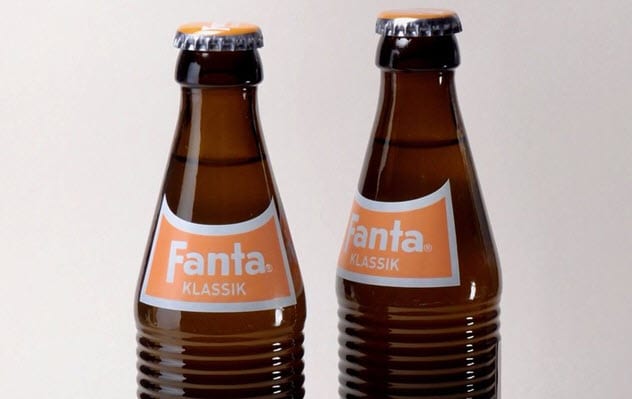
How did this zesty refreshing drink originate in the Third Reich?
With the attack on Pearl Harbor in 1941, the United States formally entered WW2, and declared Nazi Germany an enemy. The Trading With the Enemy Act of 1917 was reinstated and the flow of Coca Cola syrup to German factories was halted.
Nonetheless, Max Keith, the German Coca Cola subsidiary manager at the time, was determined to continue trading. He decided to oversee the creation of an exclusively German soft drink; ridding it of its typically ‘American Dream’, patriotic branding.
Chemists concocted a new drink which was made from the leftovers of other food industries, such as fruit pulp and the by-product of cheese curdling. The flavour was similar to the Ginger Beer of today, and as one of the only soft drinks now available in Germany, Fanta soon became a household staple. As the Germans conquered more European territories, Max Keith continued to spread Fanta across the continent and saved other Coca Cola subsidiaries from collapse.
Once the Allies finally defeated Nazi Germany, the production of Fanta ceased and Keith handed over Fanta’s profits to the Coca Cola headquarters in Atlanta.[1]
9 The Hunger Disease Study of the Warsaw Ghetto
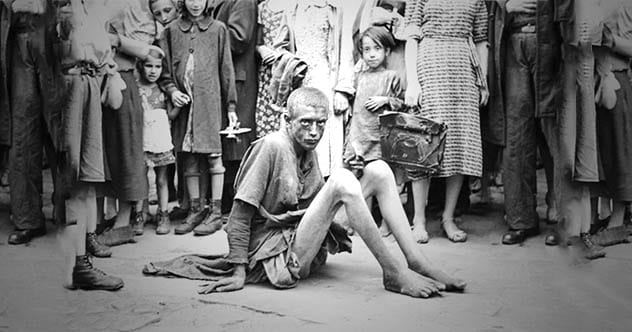
There is evidence and testimony of senior Gestapo personnel deciding that those residing in the Warsaw Ghetto would be murdered via starvation. According to their calculations, low-calorie food rationing would take nine months for everyone in the ghetto to die.
The hunger gave rise to cannibalism, violence and a lethal black market. A combination of starvation and disease led to thousands of deaths. In 1942 Dr Israel Milezkowski, decided to conduct a study of the physiology and pathology of the starving ghetto prisoners.
Dr Israel wanted to understand how hunger disease could be cured, whilst Dr Julian Fliederbaum aimed to conduct a study on hunger that would have scientific validity and consequently set up a research platform.
The study was divided into several sections with topics including blood circulation, aspects of starvation in children and more. The research project had over 100 participants and was conducted on an enormous scale. Women were used to smuggle medical equipment into the ghetto, and some of the finest medical minds of Europe worked collectively to study what happens to the energy usage of a person who loses weight- something which is still studied today.
The Jewish physicians themselves were hungry and endangering their lives, as it was prohibited for Jews to carry out research. These physicians did the research not in the knowledge that they could save themselves, but instead in the hopes of advancing medical research.
The physicians’ most important conclusion was that the rehabilitation process from starvation must be gradual, and if this knowledge had been made public at the time, thousands of liberated lives could’ve been saved at the end of the war.
The only way to arrive to these findings was sadly through an atrocity, and it is a study that can never be replicated ethically again.[2]
8 Nerve Agents Tabun and Sarin
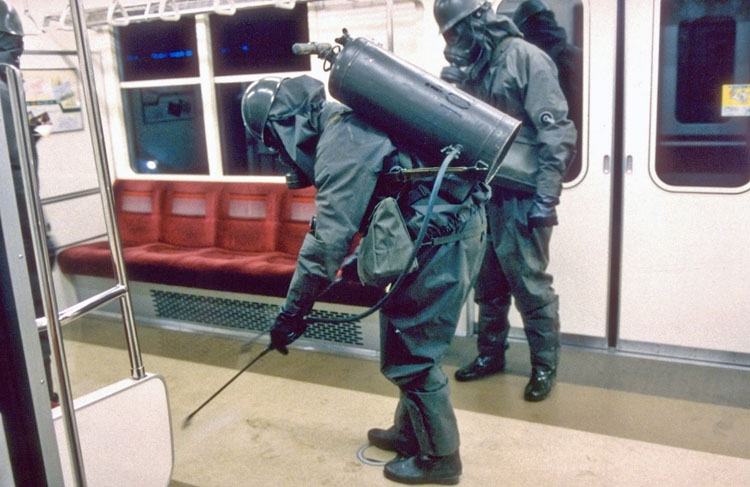
German chemists had invented and readied thousands of tons of lethal nerve agents, including sarin, in the build up to WW2. The deadly agents were not known to the Allies, and if used could potentially have altered the outcome of the conflict.
Nerve agents directly disrupt vital organs of the body, and as a result, the smallest amount of exposure can be fatal.
German scientists invented the two most dangerous nerve agents, Tabun and Sarin, in 1936 and 38 respectively. Even to this day the substances still rank among the most toxic chemical warfare agents. It is believed that the Nazis had over 30,000 tons of Tabun and smaller amounts of Sarin in storage by the end of the war- and yet, it was never used in combat.
Several theories exist as to why this was the case, with some historians even suggesting that due to Hitler’s own personal experience of chemical warfare in WW1, he chose not to engage in such acts. However, this becomes hard to believe when one considers what he was willing to do in death camps. Ultimately, we just don’t know why.[3]
7 Audio Tape/Cassette

Whilst Gen Z may not even know what I’m referring to, this revolutionary invention actually has Nazi Germany to thank for its existence.
A German scientist, Fritz Pfleumer, created a way to coat paper with metal strips in 1928, and by 1935 the first magnetic tape recorder was created. This technology allowed for both improved audio material and also longer recordings.
When Allied forces intercepted radio transmission from Europe in WW2 they were often fooled into thinking that different people in different places were providing re-readings of messages simultaneously across multiple time-zones. This assumption was based on the Allied Forces’ knowledge of their contemporary recording equipment which did not allow for the audio quality and length of recordings that they were picking up.
It was only once an audio tape recorder was liberated from Radio Luxembourg, that they realised they had been mistaken. The technology was sent back to the US, and the release of the cassette two decades later was no doubt founded on this captured technology.[4]
6 Jagermeister
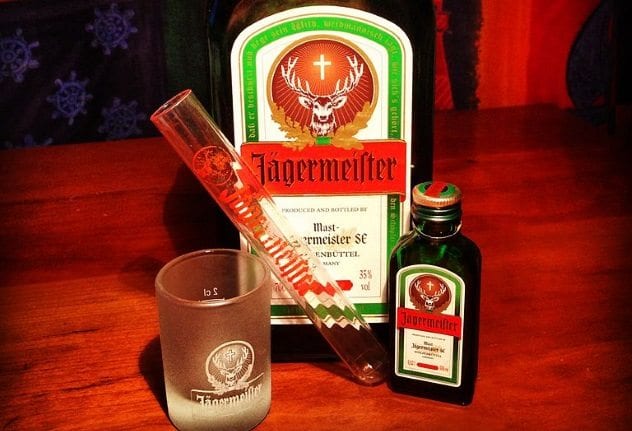
The recipe for this herby liquor has not changed since 1934, and much to the company’s dismay, neither has the drink’s rumoured association with the Nazi party.
Curt Mast, one of the founding brothers of this herb liquor, is rumoured to have named Jagermeister as a nod to the Nazi Party’s second in command; Hermann Goring. In 1934 Goring gave himself the title of Imperial Huntsmaster, or in German; Jagermeister.
Rumours even exist that Goring came to personally visit Curt Mast for a hunting celebration at his property where the drink was first invented.
In 1933 Curt Mast joined the National Socialist German Workers Party and even bought his house in Wolfenbuttel on land that the state had seized from a Jewish family. Whilst the company and family members have tried to deny the company’s past-ties to the Nazis; no affirmative conclusion exists.[5]
10 Nazi Scientists Who Survived The War
5 JerryCan
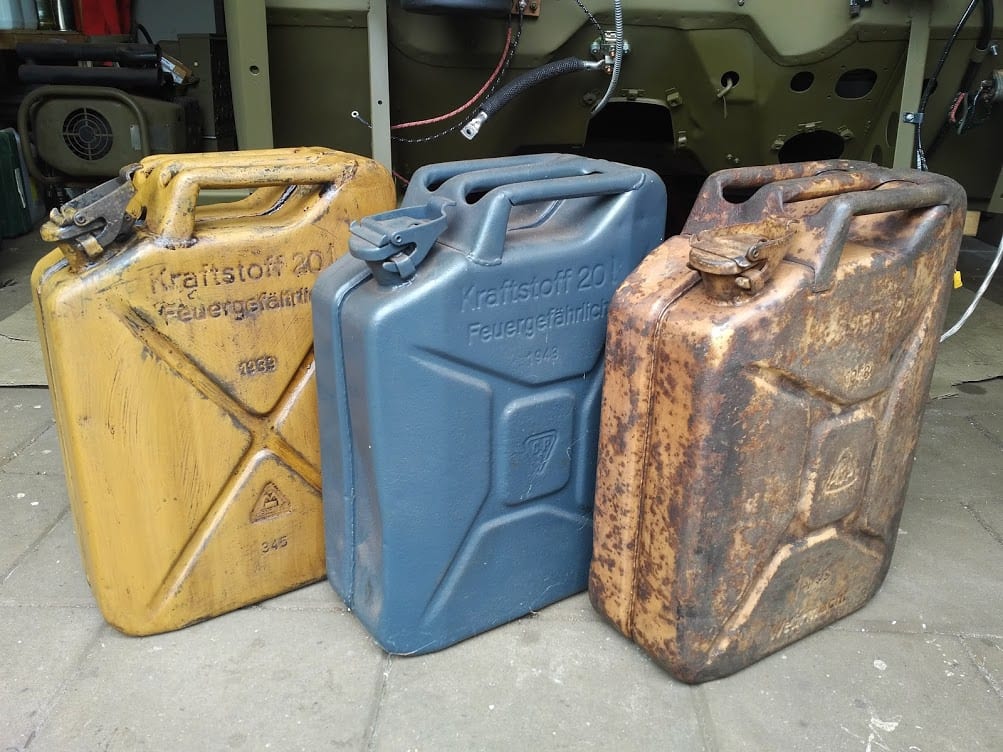
Without fuel, a military becomes immobile and consequently pointless.
With this in mind, the German army invented the “Armed Forces Unit Cannister”, intended to keep the tanks fuelled and ready for battle at any moment in turbulent pre-war Europe.
The Jerrycan didn’t get its nickname however until an American engineer, Paul Pleiss, picked up a few of these German inventions at the Berlin Tempelhof Airport. At first the Allied Forces were not interested in this invention, as they had their own poorly designed canisters, which were easily punctured and required a wrench to open.
Nonetheless it could not be denied that the Germans had designed a masterpiece, with very little changes made to this original design to date. The German canister could hold up to 5.3 gallons of fuel, and featured handles. Ultimately, their effectiveness was undeniable and the US made a swift decision to manufacture their own version – naming it the ‘Jerrycan’ after the Allied nickname for the German forces.
Over 19 million jerrycans were required to support the US forces in WW2, and President Roosevelt is noted as saying that “without these cans, it would have been impossible for our armies to cut across France.”[6]
4 Pervitin- Amphetamine

When Germany was still known as the Weimar Republic its pharmaceutical industry was thriving, and the country was a leading exporter of opiates and cocaine.
At a pharmaceutical company in Berlin, Dr Fritz Hauschild became inspired by the American’s successful use of amphetamines at the 1936 Olympic Games.
Hauschild consequently developed his own wonder drug, and patented the first German methyl-amphetamine; Pervitin. The drug quickly became a sensation and was available in many formats, including chocolate bars. Women were recommended to eat 2 or 3 a day, in order to help them get through housework faster and to curb their appetite.
In 1940 when Germany was planning to invade France through the Ardennes Mountains, a ‘stimulant decree’ was sent out to army doctors. The decree recommended that German soldiers take up to 5 tablets a day in order to decrease inhibitions when fighting and to make sleep unnecessary. The Wehrmacht ordered 35 million tablets for the army and Luftwaffe.
The tablet allowed whole divisions to remain awake for three days and three nights, and remain one of the key reasons Blitzkrieg was not only successful, but physically possible.[7]
3 Night Vision

Okay fine, this one needs a caveat. Germany was not the first nation to invent night vision, however it was the first to deploy a portable version of night vision that could be carried by a single soldier.
Its codename, rather fittingly, was “Vampir” (vampire). Its real name doesn’t quite roll of the tongue; Zielgerat 1229.
The device was essentially an enormous backpack battery which powered an infra-red searchlight and an infra-red scope mounted on the gun of choice.
Whilst the search light emitted high infra-red, the scope then amplified this light. This device does not pick up body heat, and is essentially an ‘invisible light’, and can be spotted up by another Vampir user.
Deployed in 1945 these devices were rare and reserved for the unit known as the Night Hunter. Although too late to make a difference in the war, for a while there was paranoia around the German’s ability to spot people at night.[8]
2 The Term ‘Privatization’
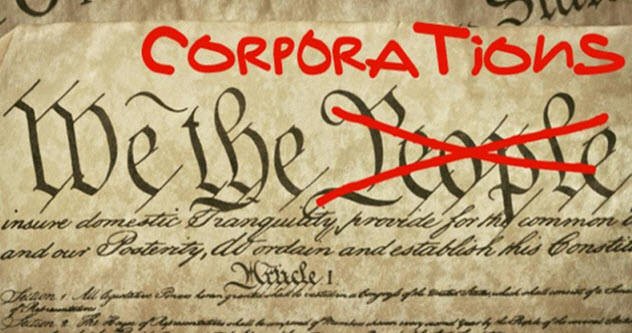
The coining of the term privatization has been falsely credited to Peter Drucker, when in reality it was the Nazis who coined the term.
Peter Drucker referred to ‘reprivatization’ in 1969, as he suggested handing executive responsibilities of the public sector back over to what was previously controlled by the private.
However, after researching the structure of the Nazi Economy, major work by Maxine Yaple Sweezy actually found that industrialists supported Hitler because of his economic policies. These policies consisted of what Drucker later termed ‘reprivatization’, in which the Nazi German government restored state controlled monopolies to the private sector.
Sweezy first published the term in 1941, where she describes how “The United Steel Trust is an outstanding example of the ‘reprivatization’.” And this may be the first use of the term ‘reprivatization’ in social science literature in English.[9]
1 Counterfeit Money

One of Nazi Germany’s more elaborate plans to destroy not only the Allies but also their economies was titled; “Operation Bernhard”.
The operation involved creating huge sums of counterfeit British and American money, to be secretly introduced into England’s economy. The idea not only hoped to destroy the British economy, but also to ruin the trust of the people in their own government.
In 1942, SS Major Bernhard Kruger was ordered to carry out this plan, and he recruited 142 counterfeiters and artisans from the concentration camps. Together, they created some of the most impressive counterfeit currencies ever seen, and by 1945 they had created 182 million British Pounds, and had just finished the plates ready to counterfeit US American Dollars.
In May 1945 the operation was ordered to retreat to an Austrian village, and it was here that the equipment was dumped into a lake, the prisoners revolted and their guards fled as US army unit neared their base.[10]
10 Famous People Who Were Nazi Sympathizers








